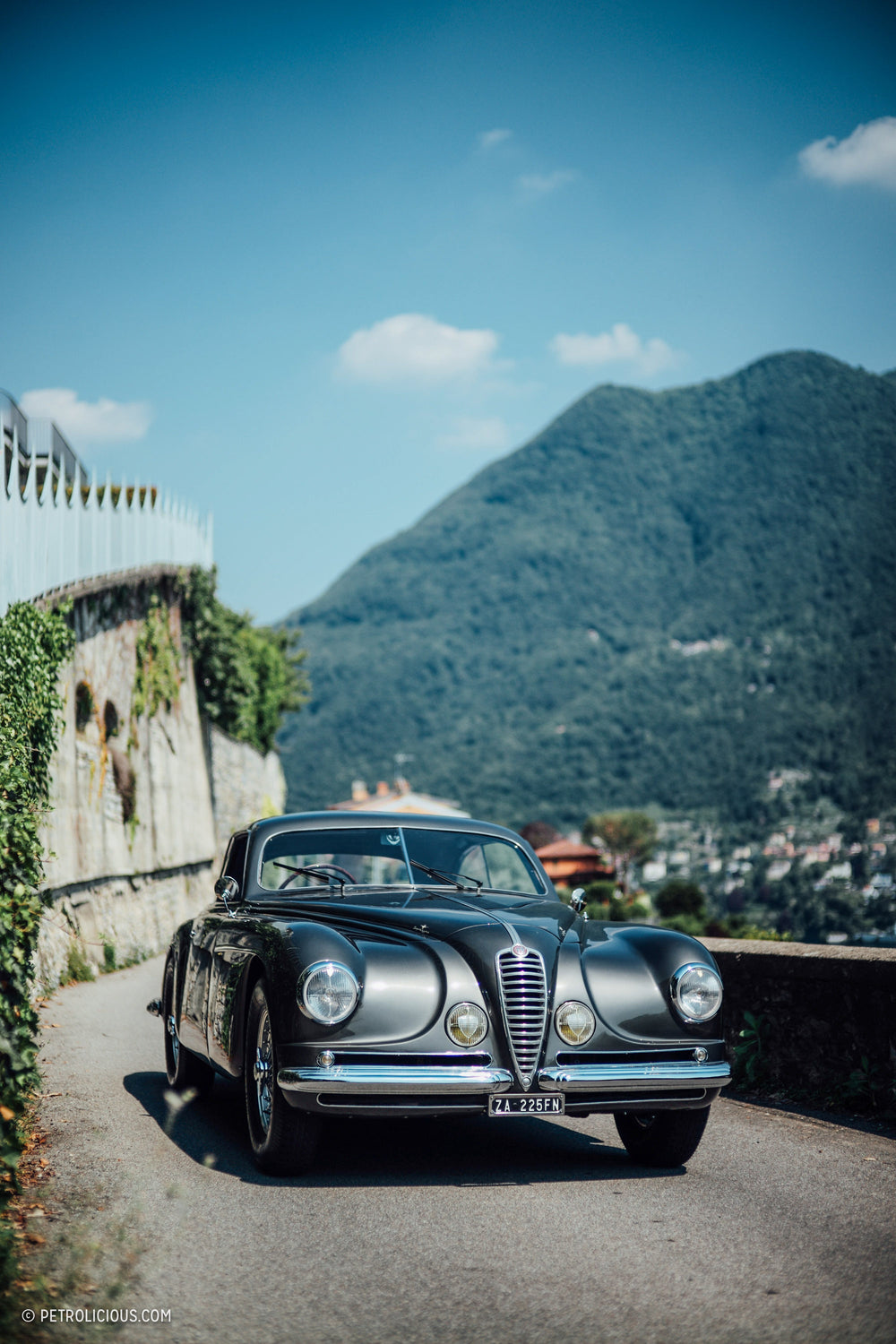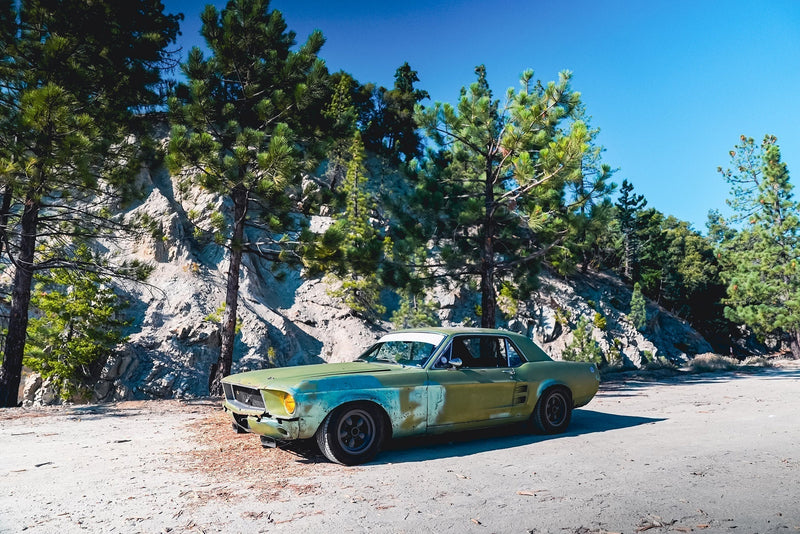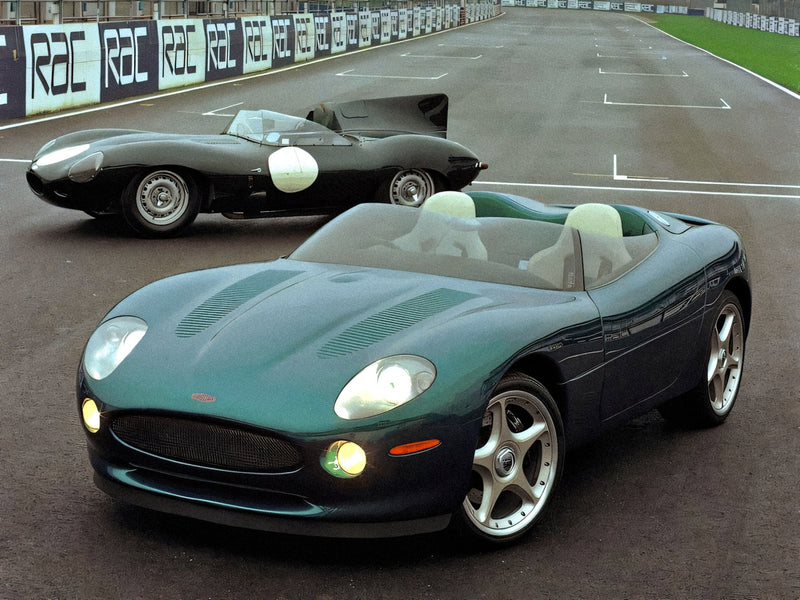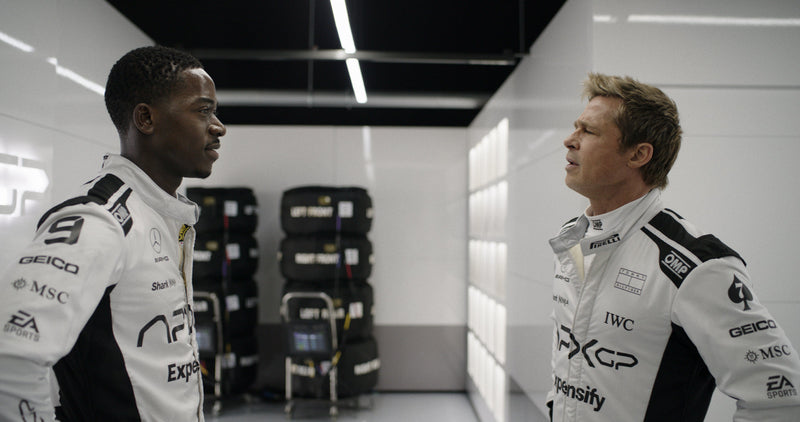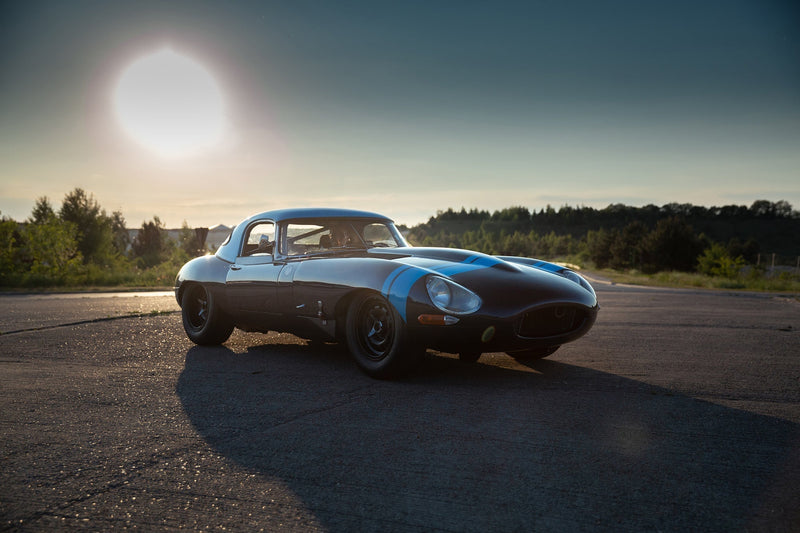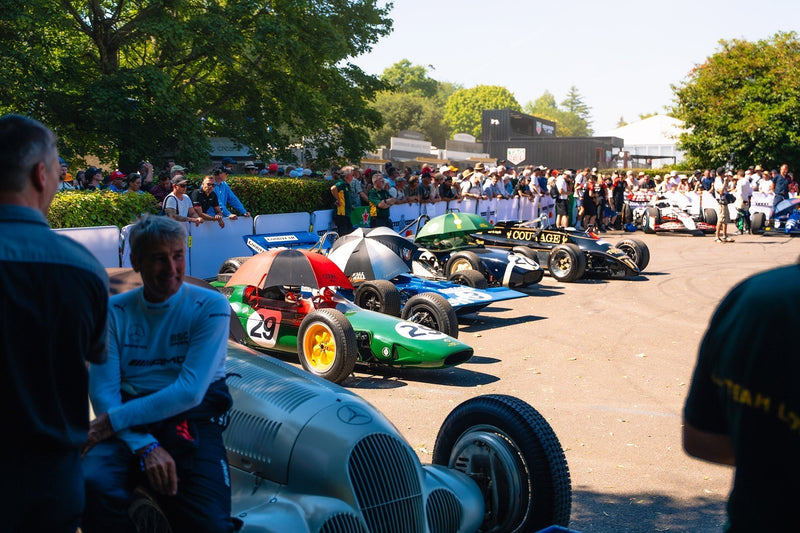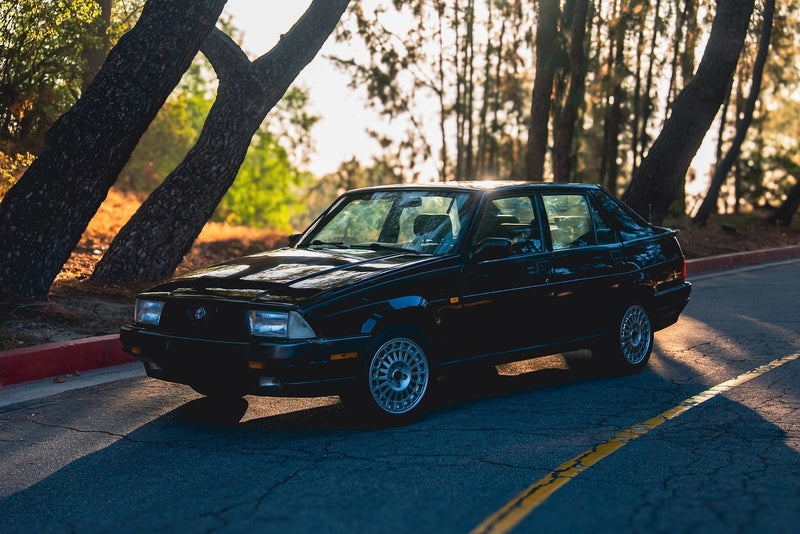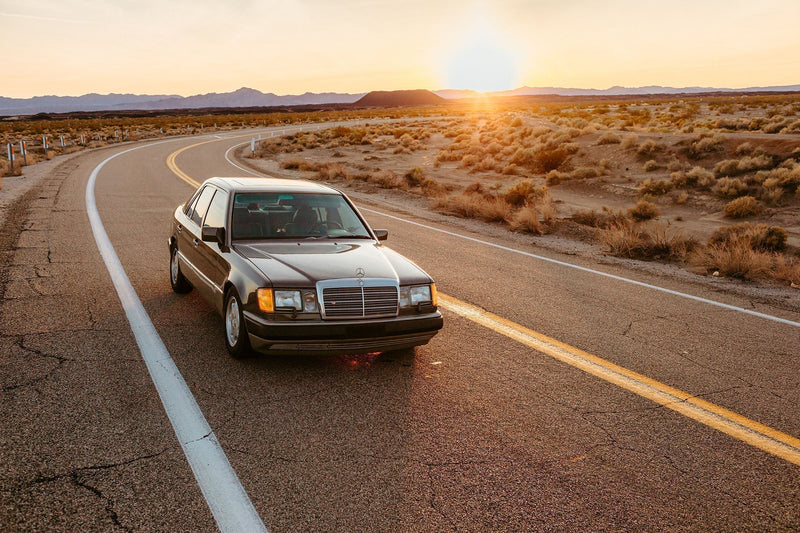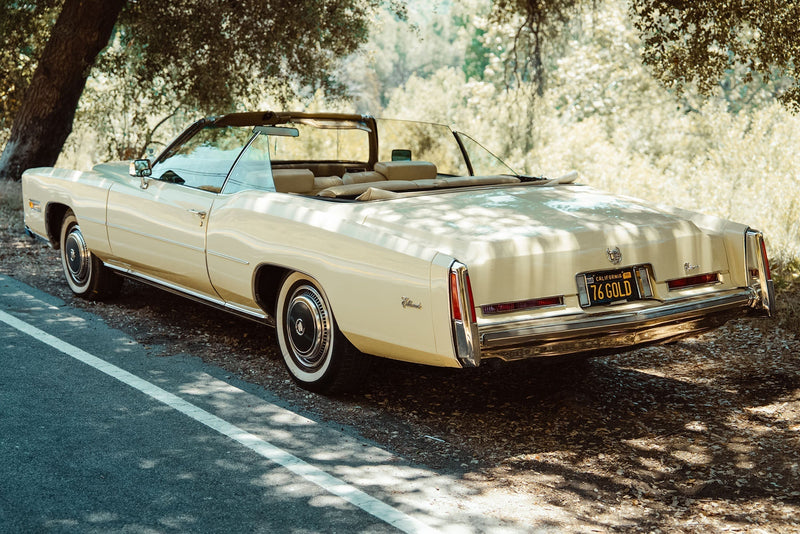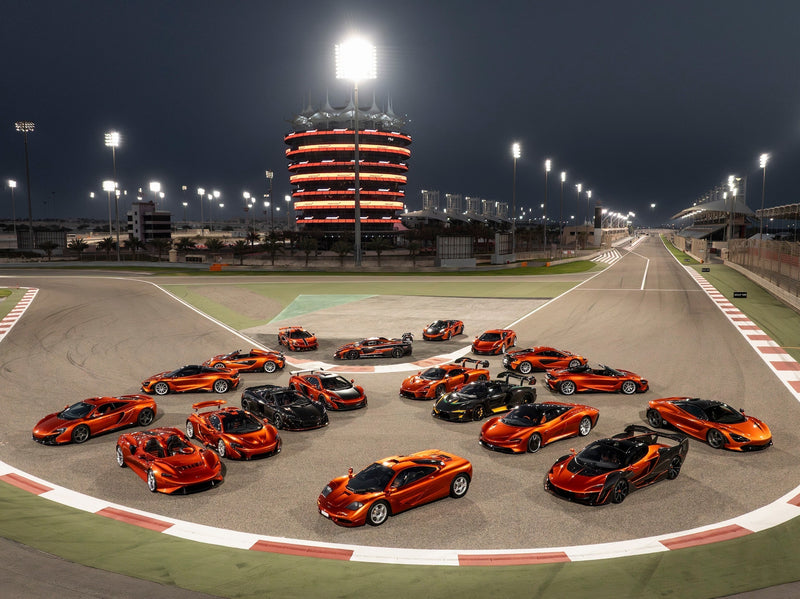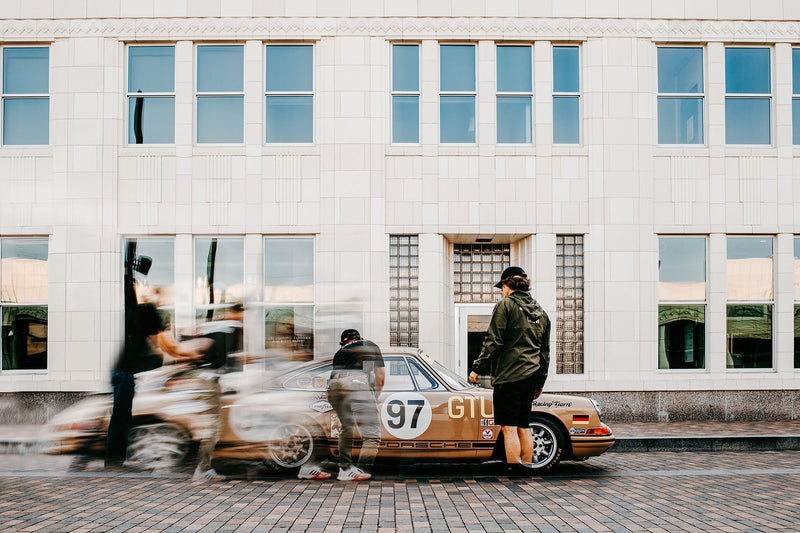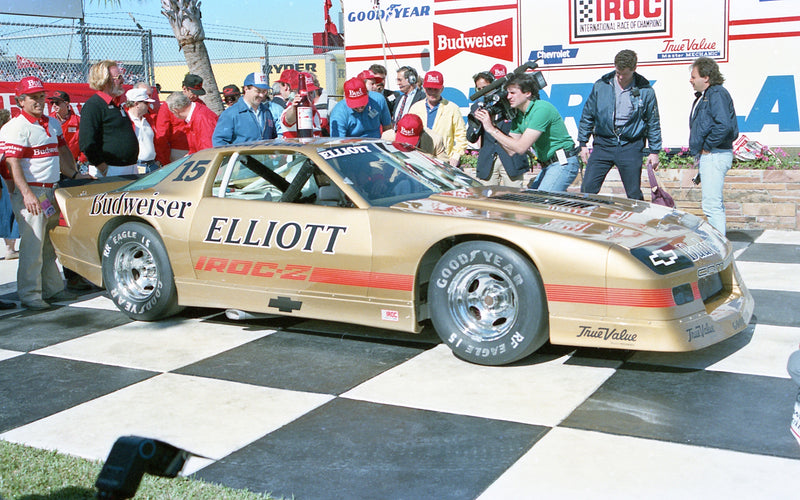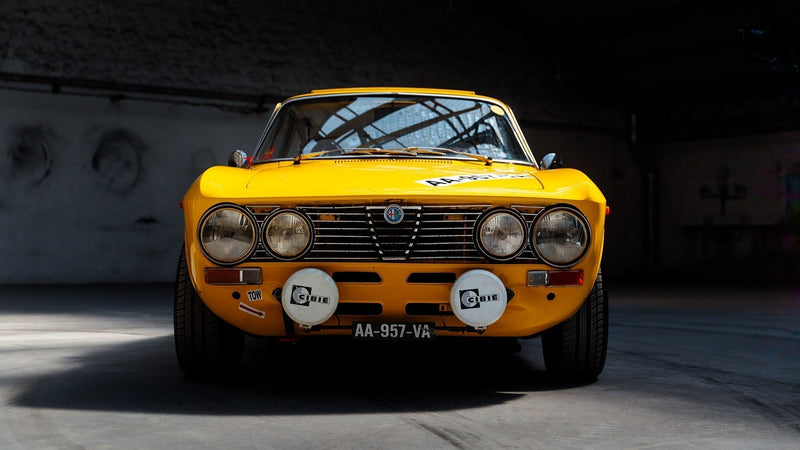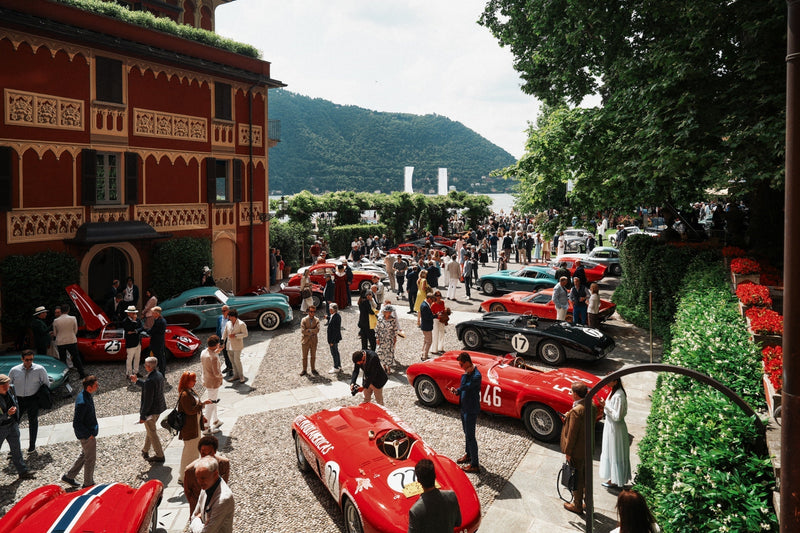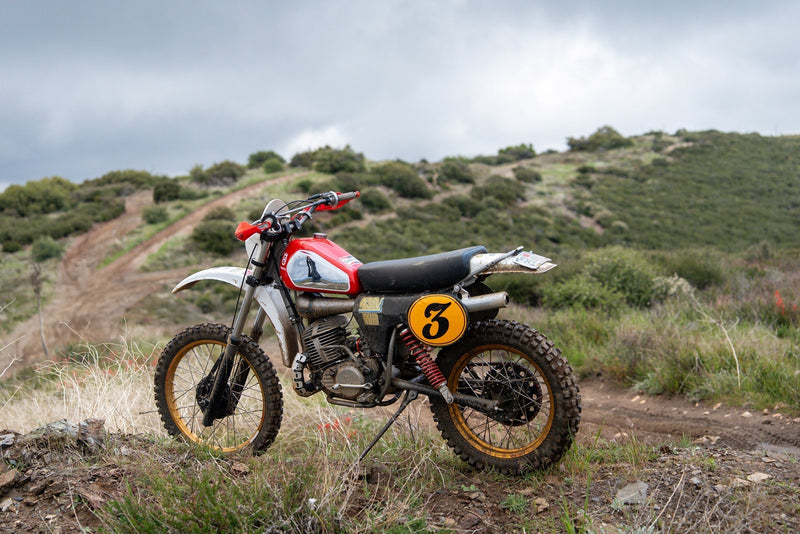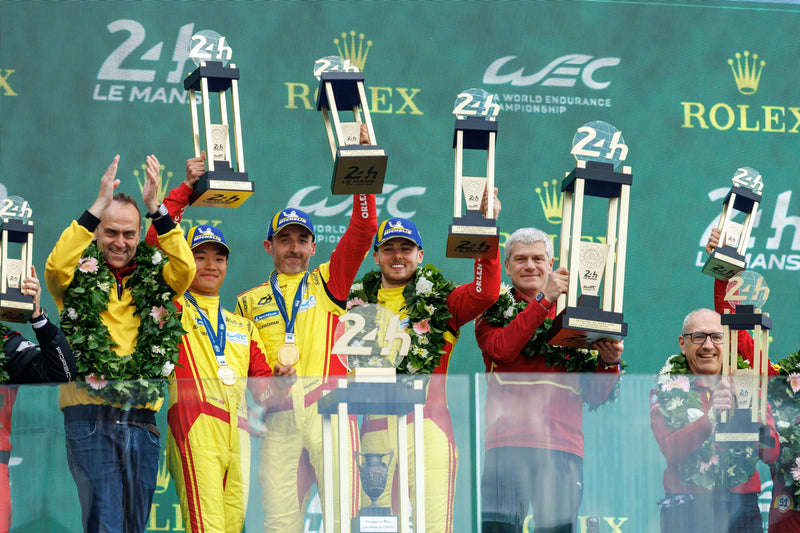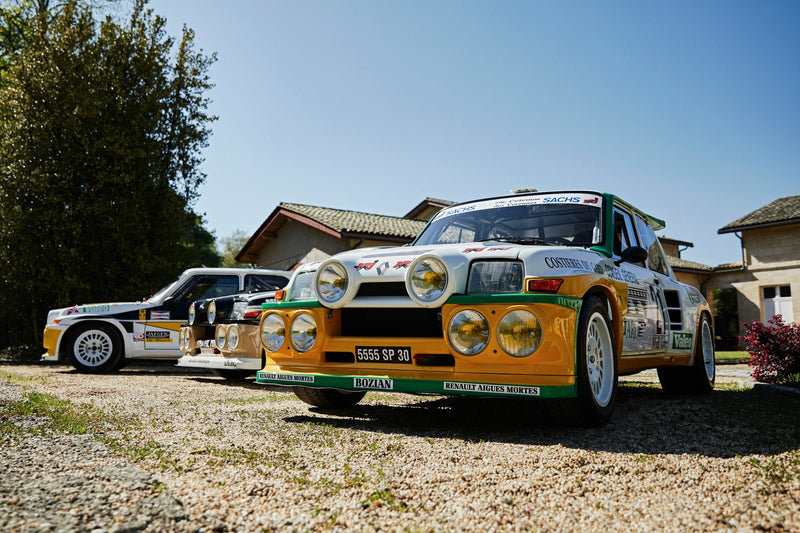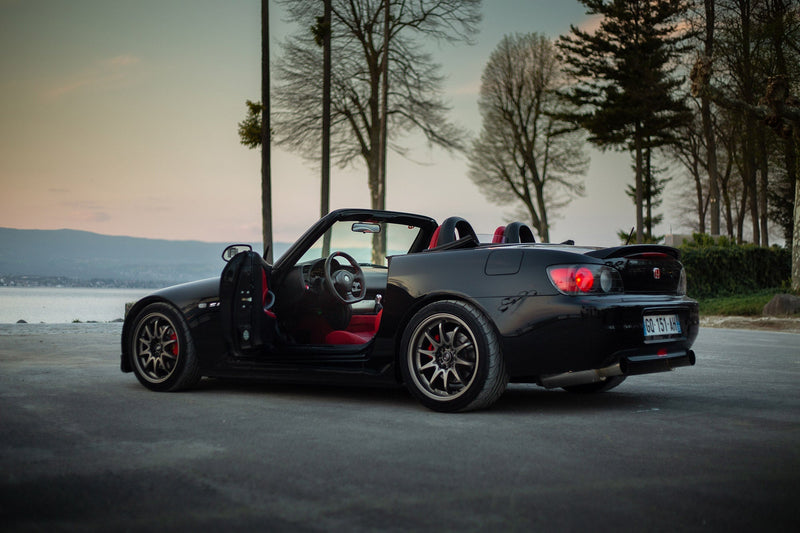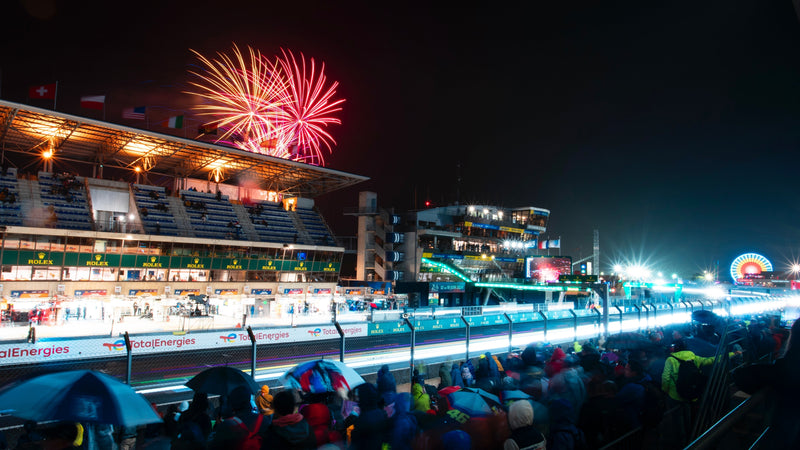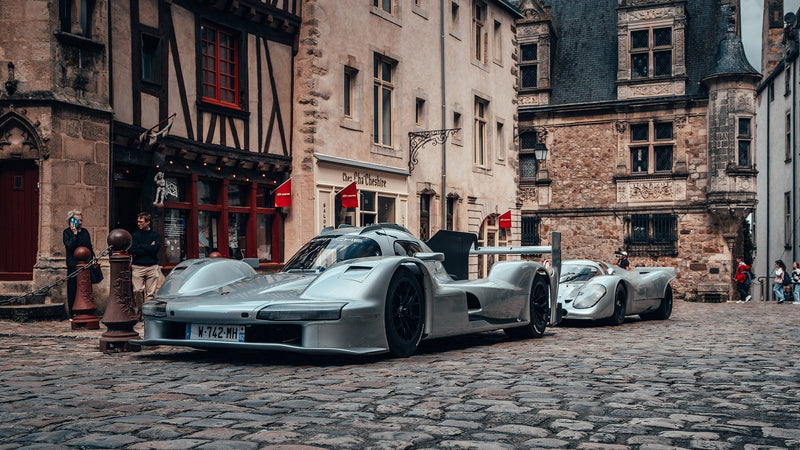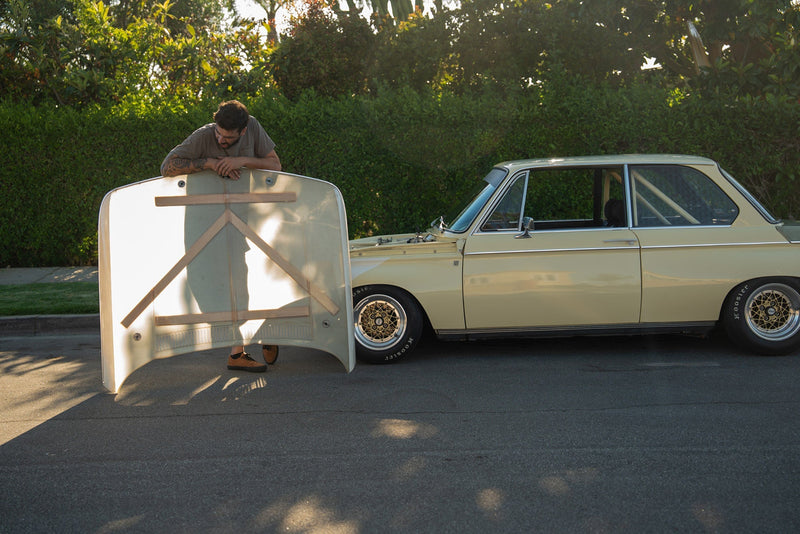Our friend Marco Makaus has an intimate relationship to the Italian classic car world, having served for years as the CEO of the Mille Miglia, as Sales Director for Ferrari and Rolls Royce, founder of theBernina GT and now as a happy resident of Lake Como, where he connects great people with even greater cars. One of such cars is of course the 1949 Alfa Romeo 6C 2500 SS "Villa d'Este" which he offered to take us out in after this last weekend's Concorso d'Elegenza.

Ted Gushue : Marco, tell us the story of the Alfa Romeo 6C 2500 SS, known as the Villa d'Este,
Marco Makaus : Well, Alfa Romeo before the war was a big industry making mainly airplane engines and big engineering projects, and cars were a small part of the business. Cars of course became the signature product of Alfa Romeo, and remain the but it was obviously the top in term of image and in term of what we now called building the Alfa Romeo brand.
Their cars were always at the top of the sporting and luxury market, and obviously they only made the chassis. The cars were then bodied by coach builders. Most of them were bodied with bespoke coach work, depending on the customer's tastes and wishes.


One of the companies that did great work with Alfa Romeo was Carrozzeria Touring of Milano. There were many coach builders in this era, but they were very close geographically to Alfa Romeo. They were literally hundreds of meters away. After the war, Alfa Romeo resumed production on the 6C Chassis, which was available in three different models: The 2500; the 2500 S; and the 2500 SS, which was a short chassis with more powerful, three carburetor engine. Of this one, Pininfarina did some beautiful drop heads, for instance, and Touring made a number of coupes.

Perfecting a line over the years ’47 to '49. Every car was a little better than the one before, and the last one was in 1949 and was shown here at the Villa d'Este concourse, which was the last classic Villa d'Este concourse. It won the public referendum prize. It was the car most liked by the public.
Somebody then went to Touring and said, "I want a copy of that car," Bianchi Anderloni, who was the owner and the designer, spoke with the Alfa Romeo people and said, "Let's call it Villa d'Este." So they started this thing, and over three years, from '49 to '52, more or less they built about 32, maybe 35 examples of this particular car.
It was the top of the design at the time, and it was a funny mix of an old chassis, if you want, because it was a pre-war chassis with a state of the art, modern ponton kind of body.
Then what happened in the recent years, this car was, like all post-war 2500s, not very frequently considered by collectors because everybody was going to the pre-war 6Cs.


A few years ago, about seven or eight years ago, I spoke with the owners of Villa d'Este, and I said, "You are the only hotel in the world which has a car which is a super car that has the same name. You should have one of these cars." We bought one of these cars for the hotel and we started creating a small community and a registry for these cars. Every year, we invite the owners of these cars to bring their cars here for a coming home party. This has been going on for seven years now with great success. It's the smallest car meeting in the world, we call it, because out of 32 cars, we now know of about 17 cars remaining. Every year we have maybe three, five, six, something like this because they are all over the world.
By doing this, we can express the values of this hotel and this company with something that is also a lot easier to show and bring around because the hotel is here and you cannot move it, but if you want to tell somebody in Hong Kong how it is that this hotel is what it is, you can bring some objects that express the values of this hotel and this car is one of them.


Ted : What's it like to drive?
Marco : Well, it is amazing because it is this mix of pre-war and post-war, so you have to really adapt it and think like you would do with a 1930 car. It is obviously a lot better because the post-war cars have independent front suspension, so the steering and the load holding and the ride are a lot better. But you can feel that all the rest is pre-war.
Before you start driving it, you have to adapt to this thing and manage your driving in the same way. Obviously, you cannot avoid looking into shop windows to see the silhouette passing, which is just fantastic. It has so much history. It's also very rare because it is very hard to see one of these cars. There are very few.
When we do this event, it's great because you will see five or six or ten of them together, and every car was different because they were handmade. All the owners go and check the details of the others, so it's lots of fun.

















